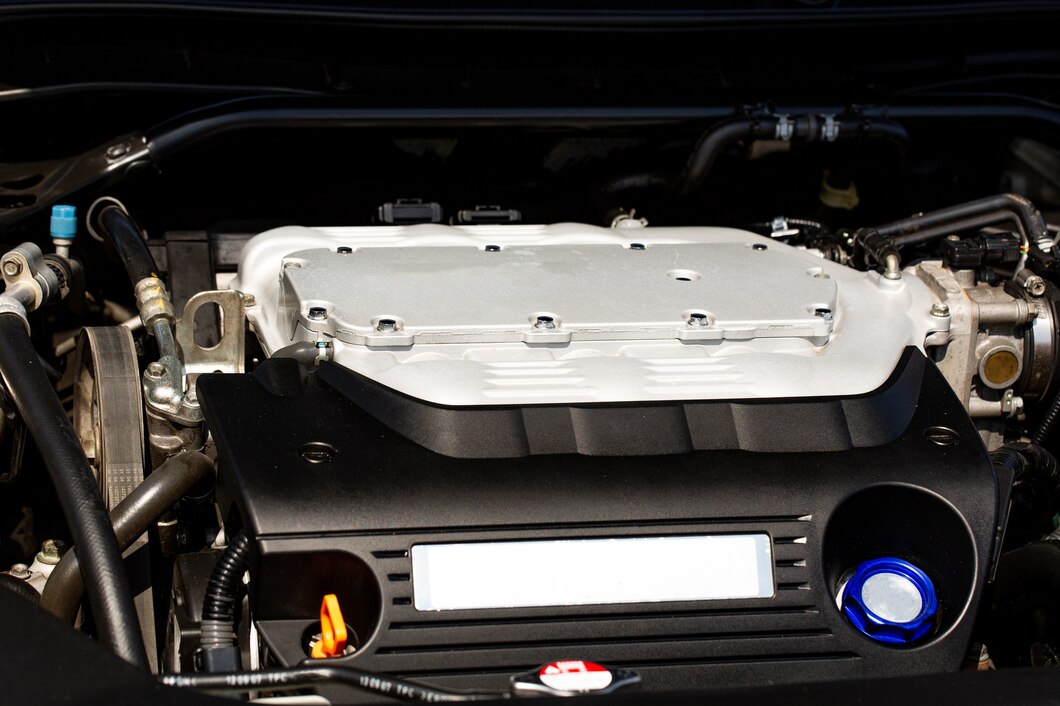Turbochargers are ingenious devices that enhance engine performance by compressing air and delivering it to the combustion chamber, allowing for more efficient fuel combustion. However, like any mechanical component, turbochargers can experience wear and tear over time, leading to potential issues and reduced performance. Identifying the early signs that your car’s turbocharger is failing is crucial for preventing costly repairs and maintaining engine reliability. Here are some indicators to watch out for:
- Decreased Engine Performance: One of the most noticeable signs of turbocharger failure is a decrease in engine performance. If you experience sluggish acceleration, reduced power output, or a noticeable lack of boost pressure during acceleration, it could indicate issues with the turbocharger. This decrease in performance may be gradual, making it essential to pay attention to changes in your car’s driving behavior.
- Whining or Whistling Sounds: Turbochargers rely on a turbine and compressor wheel spinning at high speeds to compress air. If these components become worn or damaged, they may produce unusual sounds such as whining, whistling, or a high-pitched squealing noise. These sounds can indicate issues with the bearings, shaft, or other internal components of the turbocharger and should be addressed promptly to prevent further damage.
- Visible Signs of Oil Leaks: Turbochargers are lubricated and cooled by engine oil, and leaks in the turbocharger housing or oil supply lines can occur over time. If you notice oil puddles or stains underneath your car, especially near the turbocharger, it could indicate a leak in the oil seals or connections. Oil leaks not only affect turbocharger performance but can also lead to engine damage if left unresolved.
- Excessive Exhaust Smoke: A failing turbocharger can cause excessive exhaust smoke, which may appear as blue or grayish smoke emanating from the tailpipe. This smoke is often the result of oil leaking into the exhaust system due to worn seals or damaged components within the turbocharger. Monitoring exhaust smoke color and consistency can help diagnose turbocharger issues early on.
- Check Engine Light (CEL) Activates: Many modern vehicles are equipped with onboard diagnostics systems that monitor various engine parameters, including turbocharger performance. If the CEL illuminates and codes related to turbocharger malfunction are detected, it’s essential to have the vehicle inspected by a qualified mechanic. Ignoring the warning signs can lead to further damage and potentially costly repairs.
- Increased Turbo Lag: Turbo lag refers to the delay in throttle response experienced when accelerating from a standstill or low RPMs. If you notice an increase in turbo lag, where there’s a noticeable delay between pressing the accelerator pedal and feeling the turbocharger engage, it could indicate issues with the turbocharger’s responsiveness or efficiency.
- Loss of Boost Pressure: Turbocharged engines rely on boost pressure to deliver additional power and torque. A failing turbocharger may struggle to maintain consistent boost pressure, resulting in fluctuations in engine performance or a complete loss of boost under load. Monitoring your car’s boost gauge or using a diagnostic tool to measure boost pressure can help identify potential turbocharger problems.
If you suspect that your car’s turbocharger is failing based on these signs, it’s essential to have it inspected by a qualified mechanic as soon as possible. Turbocharger issues can worsen over time and lead to more significant engine damage if left unaddressed. By recognizing the early signs of turbocharger failure and taking proactive measures, you can prevent costly repairs and ensure your car’s engine operates smoothly and efficiently.











